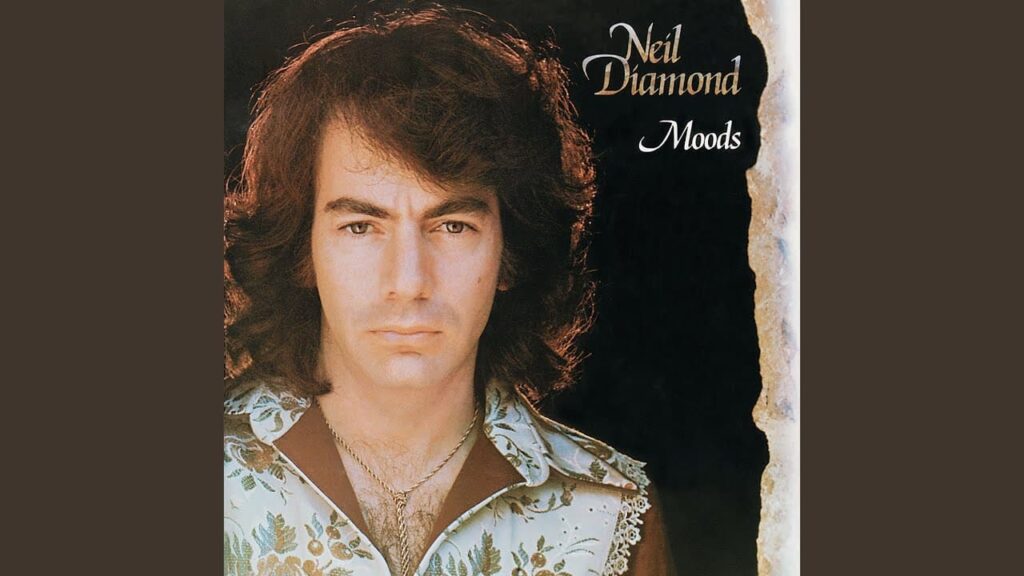
A Tender Confession of Artistic Vulnerability: When a Ballad Became a Poignant Dialogue Between Artist and Muse.
“Play Me,” a tender and introspective ballad that explored the delicate interplay between artist and muse, a raw confession of vulnerability and the desire for emotional connection, became a defining moment for a singer-songwriter known for his dramatic flair and heartfelt sincerity. This 1972 single by Neil Diamond reached number 11 on the Billboard Hot 100, and number three on the Billboard Adult Contemporary chart, a testament to its enduring appeal and the raw emotional honesty of its narrative. It’s a song that grapples with the desire for genuine connection, the vulnerability inherent in artistic expression, and the yearning for a muse who can truly understand the depths of a creative soul. It’s a song that transforms a personal plea into a universal expression of artistic vulnerability.
Imagine a dimly lit stage, the spotlight focused on a lone figure at the piano, his voice echoing with the weight of unspoken emotions. Neil Diamond, his voice a blend of tender vulnerability and dramatic intensity, delivers a performance that’s both intimate and grand. He sings of a longing for a muse, a confidante, a soul who can truly understand the complexities of his artistic heart. The song, featured on his album “Moods,” wasn’t just a pop ballad; it was a carefully crafted emotional dialogue, a testament to the artist’s ability to weave personal reflections into universal themes. The gentle acoustic instrumentation, the heartfelt vocals, and the poetic lyrics created a sense of timelessness, a feeling that this plea for connection had been echoed countless times, and would continue to resonate for generations.
The song’s genesis, within the context of Neil Diamond’s career, marked a period of artistic exploration and emotional depth. He was known for his ability to craft dramatic anthems and deliver powerful vocal performances, but with “Play Me,” he ventured into more introspective territory, exploring the nuances of artistic vulnerability and the yearning for genuine connection. He wasn’t afraid to shed the theatrical persona, to reveal the raw emotions that lay beneath the surface of his public image.
For those of us who remember the early 1970s, “Play Me” evokes a sense of quiet introspection, a yearning for a time when music served as a conduit for deep emotional expression. It was a time when artists were not afraid to explore the quieter corners of the human experience, to find beauty and meaning in the simple moments of life. Diamond’s performance, with its gentle acoustic instrumentation and heartfelt vocals, offered a moment of genuine emotional connection, a sense of shared vulnerability. It was a song that spoke to the deepest longings of the human heart, the desire for understanding, for acceptance, and for a sense of belonging in a world that often felt isolating and impersonal.
The song’s enduring appeal lies in its timeless message of artistic vulnerability and the yearning for genuine connection. It’s a reminder that even in the midst of fame and success, artists are still vulnerable to the pain of isolation and the desire for understanding. It’s a song that transcends generations, speaking to the universal human experience of seeking connection and finding solace in the shared language of art. And even today, decades later, “Play Me” retains its power to move and inspire, its gentle melodies and heartfelt lyrics offering a moment of quiet reflection, a moment of shared vulnerability. It’s a testament to the power of a simple ballad to capture the complexities of the human heart, a reminder that sometimes, the most profound emotions are expressed through a quiet plea for understanding and connection. It’s a song that serves as a poignant reminder that even in the midst of artistic expression, the human heart still yearns for genuine connection, for a muse who can truly understand its depths.